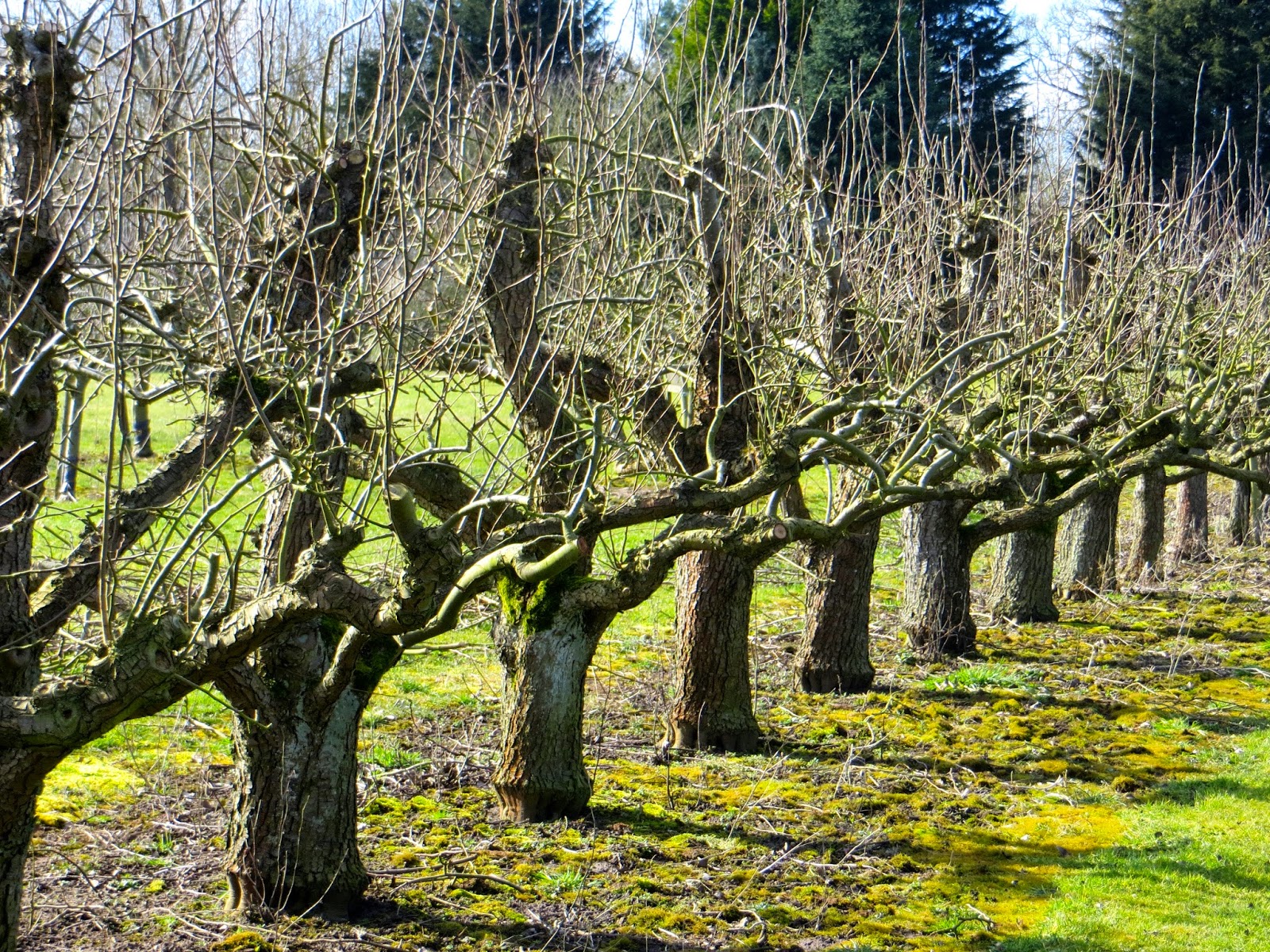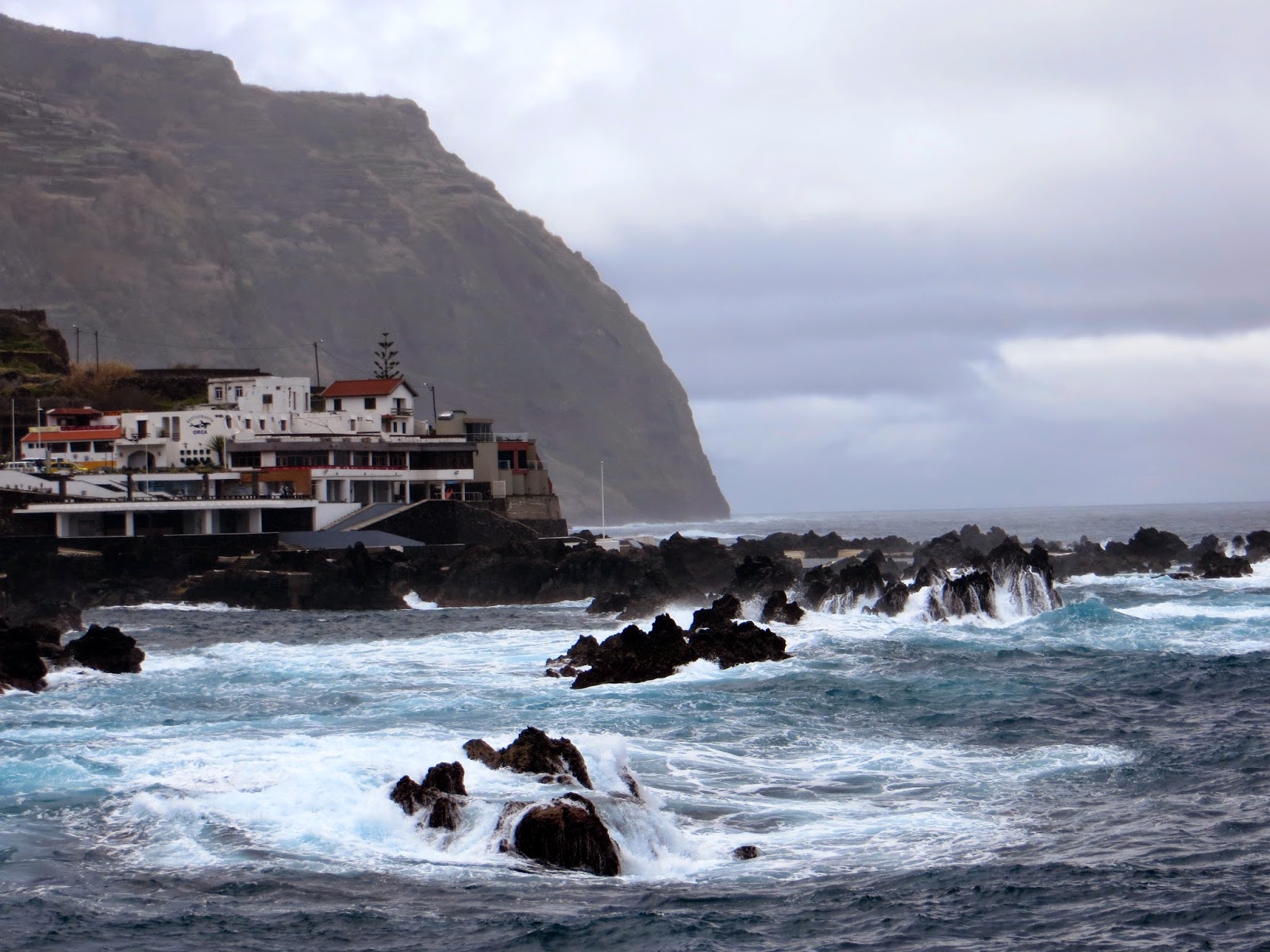Saturday, February 28, 2015
Tuesday, February 3, 2015
Madeira: A genuine British sunbreak
What does Madeira have to do with Oxford or life in England, you may ask?
Last week John and I decided to do what many Brits do and take a midwinter "sun" break. There are several popular travel companies in the U.K. that offer great package deals combining flight, hotel, and board if you want it, to favorite winter destination like Madeira, Cyprus, Morocco, and the Canary Islands. We've watched our British friends take their annual sun break each January or February, coming back tanned and rested and ready to cope with the rest of winter. This year we decided it was something we too should try so we signed up for a Thomson's cheap package deal and flew off to Madeira, Portugal for a week.
Madeira is a Portuguese island in the Atlantic, about a thousand kilometers west of the Mediterranean and Morocco. It reminds me of a mix between Hawaii, Costa Rica, Peru with some Southern Mediterranean countries thrown into the mix. The volcanic origins of Madeira can be seen just about everywhere on the island and fortunately any volcanic activity stopped about 6,500 years ago. Funchal, the main city, sits in an amphitheater that was once a volcanic caldera. The Island is very mountainous with peaks over 6,100 feet high! It even snows on the mountain tops. Most of the coast is rocky with very few sandy beaches. The island was, until comparatively recently, covered in ancient subtropical rain forest and this is the reason for the name of the island: 'Madeira' meaning 'wood' in Portuguese.
Parts of this ancient forest still remain and are now a UNESCO World Heritage Site. As such, Madeira is a well loved destination for walkers. The island is laced with Levados, water channels that were designed to supply irrigation to the drier parts. In fact, there are over 1,300 miles of Levados throughout Madeira and most of these have walking paths along side the water channels. This amazing network of great trails combined with wonderful year-round weather, ancient forests, and spectacular natural beauty makes for excellent walking and a beautiful place to spend a winter break.

This is Funchal, the main city on the island. Tourism is a major part of Madeira's economy. There is a cable car that goes from the main part of town to a village near the top of the mountain.
We walked down the mountain after riding the cable car to Monte, the village near the top. The trail followed a stream that tumbled into beautiful pools along the way.
The market in Funcal
Boats in a fishing village called Camara de Lobos that was a favorite place of Winston Churchill. He loved to paint there.
Madeira has the 2nd highest sea cliff in the world (the highest is in Taiwan). There is a round glass-floored viewing platform at the top of the cliff where you can look down 1932 feet to the sea below.
Cabo Girao
There are terraced fields located below the sheer cliffs which are only accessible by boat.
On the Northern part of the island is a village called Porto Moniz. It is well known for natural seawater volcanic swimming pools.
No one was swimming when the day we were there. The sea was rough and it was raining. There are very few beaches on Madeira -- most of the coastline is rocky, rough, and beautiful.
One of the valleys in the middle of the island
Walking along a Levado -- the irrigation walking trails. What you can't see is how steep the mountain side is on the left side. This Levado is essentially carved on the side of a cliff about 1000 feet up from the valley floor.
Many Levados have tunnels you have to walk through to get to the other side of a mountain. Bring a torch (flashlight in American speak) and good walking shoes and be prepared to duck -- the tunnels were not made for tall people.
Ancient Laurel trees
This is Sao Lorenco, the eastern most point of the island. The area is much dryer here.
These cliffs show the various colored lithology of the lava rock of the island.
What surprised us most about Madeira was:
1) Most Americans don't know about it (guilty as charged-- we didn't know much about it either before this trip) and, in fact, we encountered only two other Americans throughout the week.
2) It is a favorite place for German tourists -- most of the people we met where German. U.K. seniors came in second place. We saw very few families with children but I think that is because we went during the school calendar.
3) It is a favorite vacation spot for retired couples. We were among the youngest by a good 10 years in our hotel and on the trails. I hope I'm still walking trails and exploring at the age of some of the other tourists we encountered.
4) There are 53 different micro-climates on the island. You can be in one valley where it is raining, foggy and cold. You go through a tunnel into the next valley and it might be sunny, blue skies and warm!
Subscribe to:
Comments (Atom)










































